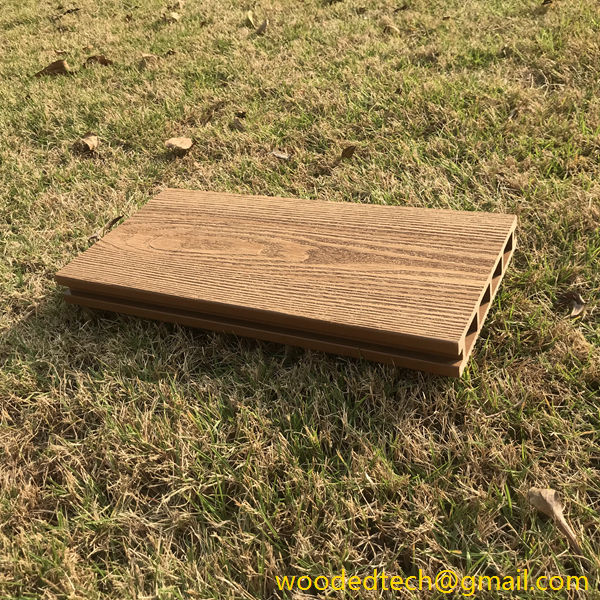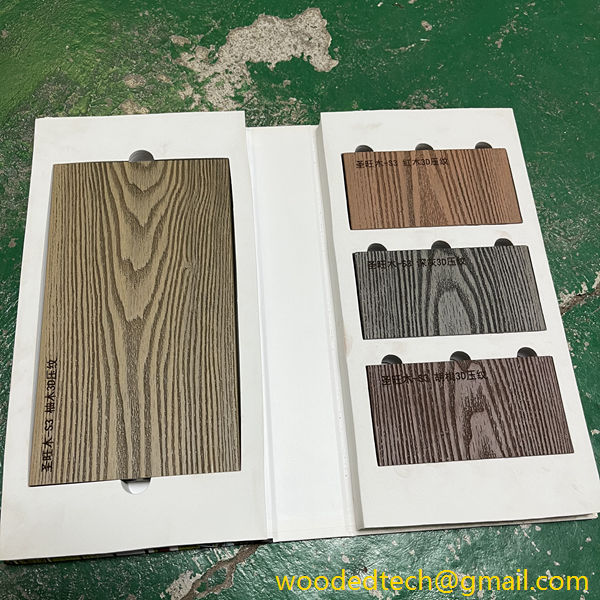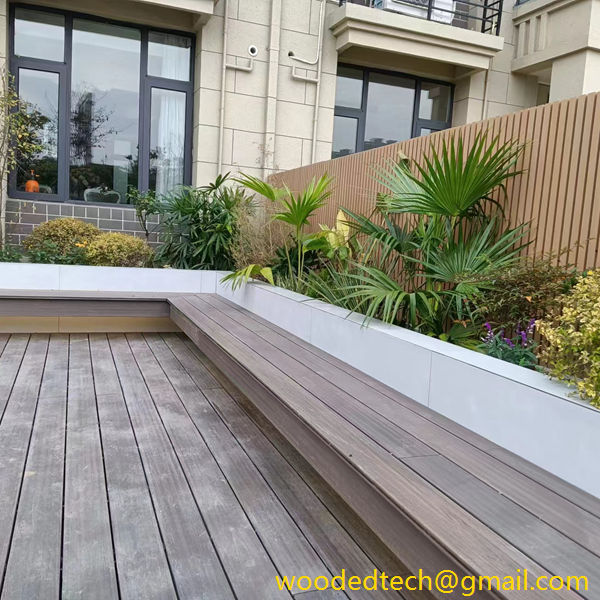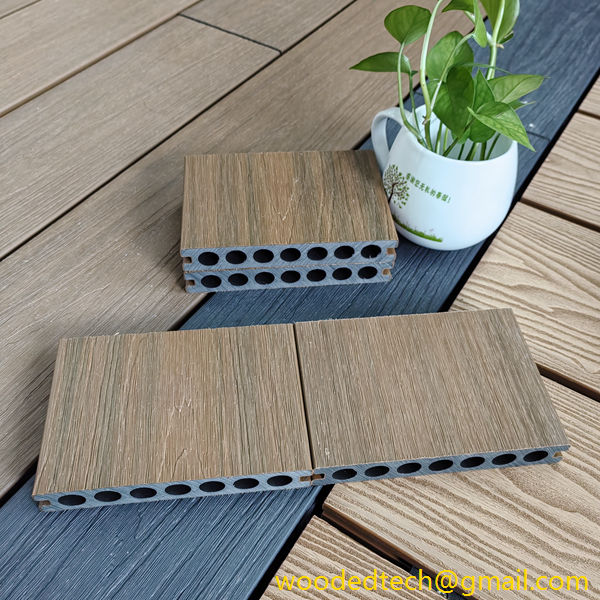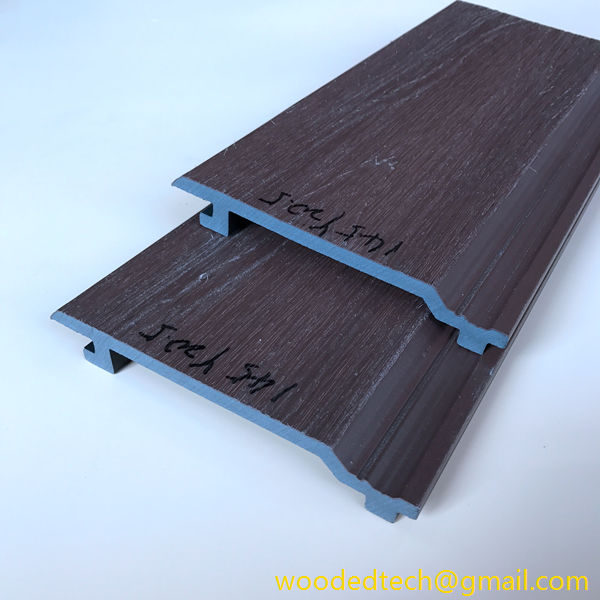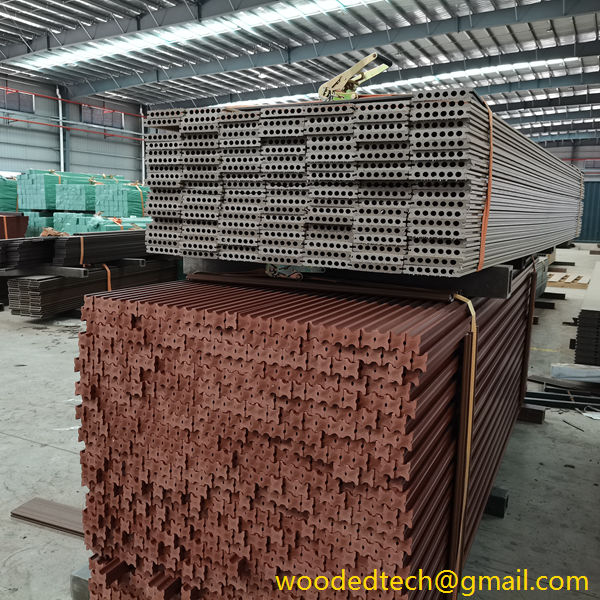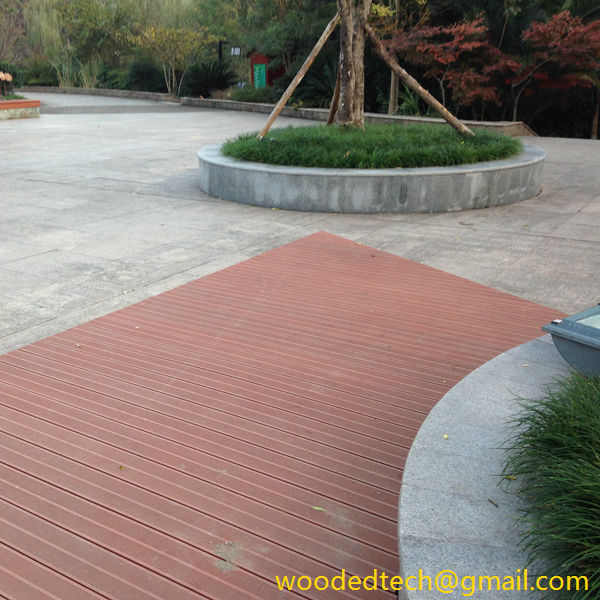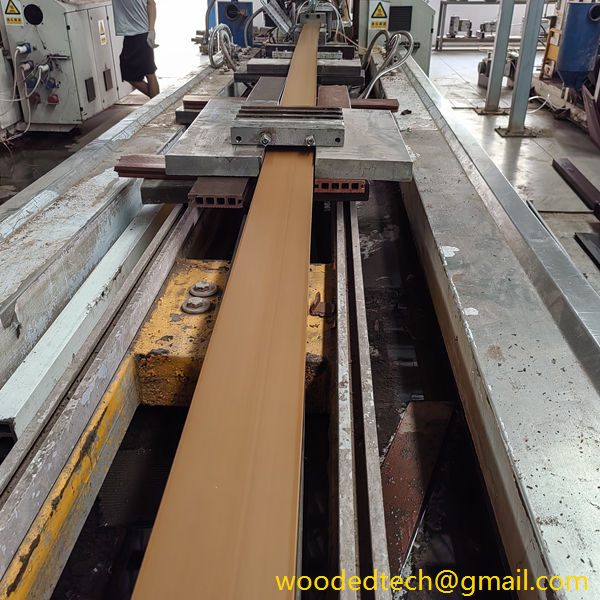Understanding Non Grooved Composite Deck Boards for Aesthetic Appeal
Understanding Non Grooved Composite Deck Boards for Aesthetic Appeal In the realm of outdoor living spaces, composite decking has become increasingly popular due to its durability, low maintenance, and aesthetic appeal. Among the various options available, non-grooved composite deck boards stand out for their sleek design and ease of installation. Understanding the benefits and characteristics…
Understanding Non Grooved Composite Deck Boards for Aesthetic Appeal
In the realm of outdoor living spaces, composite decking has become increasingly popular due to its durability, low maintenance, and aesthetic appeal. Among the various options available, non-grooved composite deck boards stand out for their sleek design and ease of installation. Understanding the benefits and characteristics of these boards can help homeowners make informed decisions when it comes to enhancing their outdoor spaces.
Composite decking is made from a blend of wood fibers and recycled plastic, providing a product that mimics the look of wood while offering greater longevity. One of the primary advantages of using composite materials is that they are resistant to moisture, fading, and insect damage. Non-grooved boards, in particular, are designed without the traditional grooves that are typically found on the underside of deck boards. This design choice contributes to both the aesthetic appeal and functionality of the decking.
One of the most significant benefits of non-grooved composite deck boards is their seamless appearance. Since these boards lack grooves, they create a smooth, uninterrupted surface that enhances the overall look of the deck. This feature is particularly appealing for homeowners who prioritize a clean and modern aesthetic. The absence of grooves allows for a more uniform appearance, which can elevate the style of any outdoor living area.
From an installation perspective, non-grooved composite deck boards offer several advantages that simplify the process. One primary benefit is the straightforward fastening method. Unlike grooved boards, which require hidden fasteners that fit into the grooves, non-grooved boards can be installed using traditional screws or nails. This means that DIY enthusiasts can use standard tools without the need for specialized equipment. It also allows for flexibility in choosing the fastening method that best suits the project’s needs.
Furthermore, the ease of installation associated with non-grooved boards can significantly reduce labor costs. Homeowners who opt for professional installation can benefit from quicker installation times, as contractors can easily work with these boards without needing to adjust for hidden fasteners. This efficiency can translate into savings, making non-grooved composite decking an attractive option for those mindful of their budget.
Another appealing aspect of non-grooved composite deck boards is their versatility in design. Homeowners have the freedom to choose from a variety of colors, textures, and finishes, allowing them to create a customized look that complements their home and landscape. This versatility is particularly beneficial for those who wish to achieve a specific aesthetic or design theme in their outdoor spaces. Whether you prefer a traditional wood-like appearance or a more contemporary look, there is likely a non-grooved composite board that meets your preferences.
In addition to their aesthetic advantages, non-grooved composite deck boards are designed to withstand the elements. They are engineered to resist fading, staining, and mold growth, making them ideal for various climates. Homeowners can enjoy their outdoor spaces without the constant worry of damage from harsh weather conditions. This durability is especially appealing for individuals who lead busy lives and prefer a low-maintenance solution for their decking needs.
Another consideration when evaluating non-grooved composite deck boards is their environmental impact. Many manufacturers prioritize sustainability by using recycled materials in their composite products. By choosing non-grooved composite decking, homeowners can contribute to environmental conservation and promote responsible consumption practices. This aspect of composite decking aligns with the values of many modern consumers who are increasingly interested in eco-friendly building materials.
It’s also worth noting the safety features associated with non-grooved composite deck boards. The smooth surface reduces the risk of splinters and makes walking barefoot a comfortable experience. Additionally, many composite boards are designed to be slip-resistant, which is particularly important for poolside or wet areas. Homeowners can enjoy peace of mind knowing that their outdoor space is both beautiful and safe for family and guests.
In conclusion, non-grooved composite deck boards offer a range of benefits that enhance both the aesthetic appeal and practicality of outdoor living spaces. Their seamless appearance, ease of installation, versatility in design, and durability make them an attractive option for homeowners looking to upgrade their decks. Additionally, the environmental considerations and safety features associated with these boards further contribute to their appeal. As you consider your decking options, non-grooved composite boards should undoubtedly be on your radar, providing a stylish, low-maintenance, and sustainable solution for your outdoor oasis. With the right choice of materials, you can create a beautiful and functional space that you and your family will enjoy for years to come.

